Encouraging better posture with technology
More desk-bound work and converging technology are playing a big part in modern, sedentary lifestyles. To counteract this, it is important that office design takes human factors and ergonomics into consideration. Research from the Furniture Industry Research Association suggests that only 1% of the UK currently have sit-stand desks in comparison 90% of Scandinavian office workers. Whether the solution is to make sit-stand desks the standard, or educating the nation on workplace wellness, it is clear that this needs to be a long-term solution rather than a passing trend.
There still seems to be a misunderstanding between good posture, ergonomics and comfort.
Good Posture should not be uncomfortable, if it hurts, something isn’t right.
People who work at computers spend an average of 38 minutes out of every hour in bad postures, like sitting at a computer jutting his or her head forward to look more closely at the screen.
But this seemingly harmless habit compresses the neck and can lead to fatigue, headaches, poor concentration, increased muscle tension and even injury to the vertebrae over time. It can even limit the ability to turn your head.
“When your posture is tall and erect, the muscles of your back can easily support the weight of your head and neck — as much as 12 pounds,” explains San Francisco State University Professor of Holistic Health Erik Peper. “But when your head juts forward at a 45-degree angle, your neck acts like a fulcrum, like a long lever lifting a heavy object. Now the muscle weight of your head and neck is the equivalent of about 45 pounds. It is not surprising people get stiff necks and shoulder and back pain.”
So if you suffer from headaches or neck and backaches from computer work, check your posture and make sure your head is aligned on top of your neck, as if held by an invisible thread from the ceiling.
It starts with the bottom line
If you sit “on your butt bones” (or ischium) per se, you shouldn’t have to expend energy holding yourself up. First, lift your butt to the back of your chair and face your pelvis forward, and then sit down–that way the chair holds your pelvis in the right place.
When sitting up straight do not arch your back backwards. Correct posture is relaxed, when the spine is positioned correctly, it holds your bodyweight.
Keyboard position
If you are typing a lot, reaching for a keyboard could strain your shoulders.
To figure out where your keyboard goes, drop your arms down to your side, let them hang and relax, and relax your shoulders. Bend your elbows and let your fingers curve so your lower arm is at a right angle from your upper arm (no floppy wrists, keep your hand straight out from the arm). Where your fingertips are, that’s where your keyboard should be (and, unfortunately, almost nobody has their keyboard there!)
Sitting as well as typing should also be effortless.
Bend at your hips, not your spine
Some good advice is to make sure that any and all bending occurs at your hip and not your spine. When you bend at your hip and sit at the bottom of your butt, with the back of the chair holding your butt in place, you are ready. If you sit forward in the chair your pelvis will flip backwards
Roll your shoulders
Take your right shoulder, pick it up and drop it down. Repeat with the left, but do them separately. But relax while you’re doing it–don’t do anything that feels uncomfortable, because that’ll just make you tense, which is the opposite of what good posture brings.
Routine
Make all of this part of your morning routine so you don’t have to think about it. Practice it some of the time every day as we know it takes time to form a new habit.
Internal motivation
Do it for yourself:
- To eliminate or reduce everyday pain
- Gain focus, and in turn, boosting creativity as well as analytical thinking all culminating into improved performance.
- Makes you look instantly more attractive, confident and powerful
- Increasing your motivation and energy to power through your day and still have reserves left for some personal wellbeing activities.
If we don’t start strengthening our postures, we’ll look and feel old before our time.
And if you are really serious, there’s even an app for that (unfortunately only available on iPhone)
The PostureZone app can help you make improvements by taking photos and revealing l structural imbalances and asymmetries causing your strains and aches.

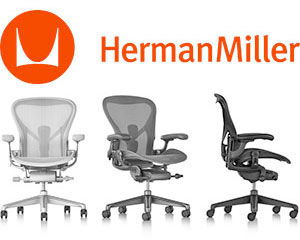
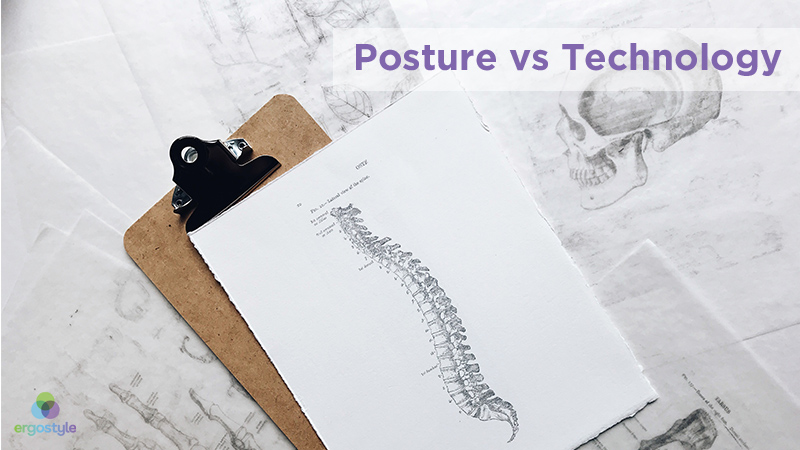

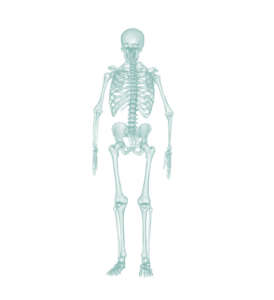
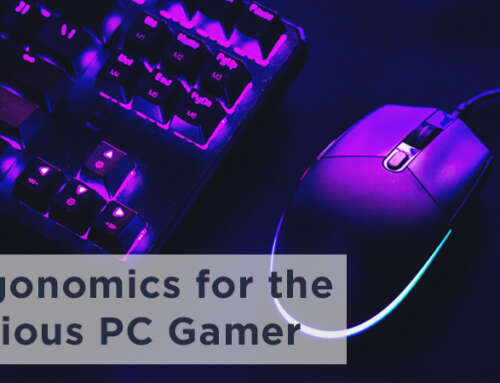
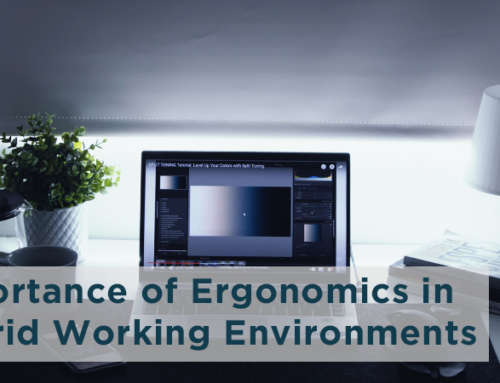

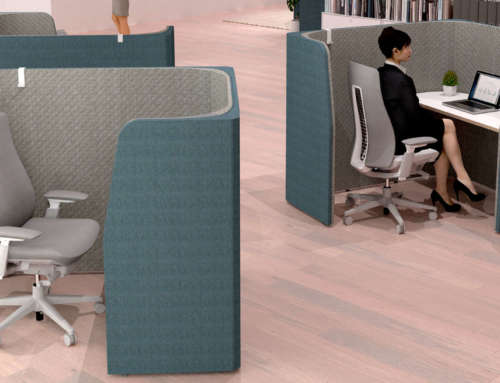
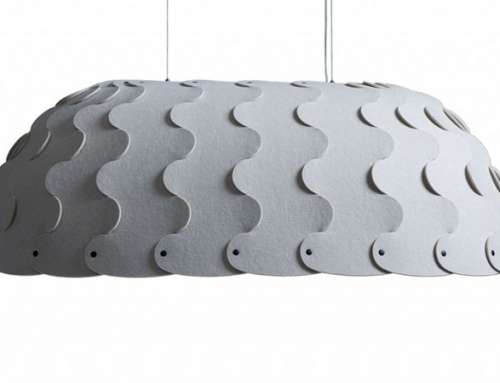
Leave A Comment
You must be logged in to post a comment.